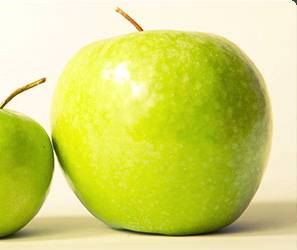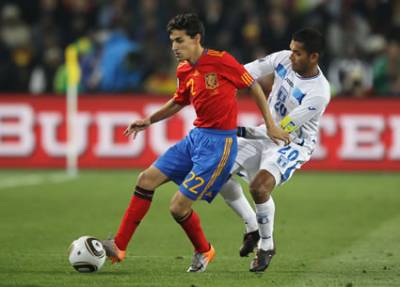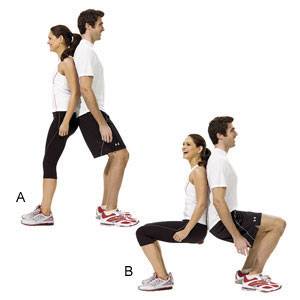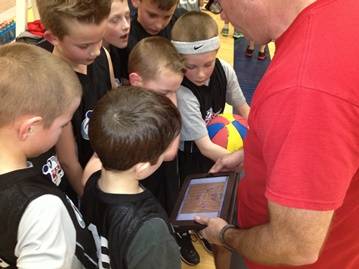 Practices are a good way to test what snacks work best for your child in regards to energy and performance. Just as the old adage goes for adult athletes, “Do not try anything new on race day;” this also can be applied to youth soccer players. Testing what food works well for pre/post practice can then be applied to pre/post games.
Practices are a good way to test what snacks work best for your child in regards to energy and performance. Just as the old adage goes for adult athletes, “Do not try anything new on race day;” this also can be applied to youth soccer players. Testing what food works well for pre/post practice can then be applied to pre/post games.
A snack before a soccer practice or game should be something that isn’t heavy, but is enough to keep kids fueled. Try to fuel muscles 1-2 hours before an athletic event. Some kids will need two hours to digest before they play. This depends on the individual kid and timing of eating needs to be experimented with at practices. Also, a snack that travels well is best, since travel to and from games is commonplace. Make sure to avoid fatty foods, extra sweet foods, and caffeine. These cause spikes in blood sugar, and then sugar levels can drop quickly during performance. This will make kids feel sluggish.
Here are some examples of good pre-practice and pre-game snacks:
Whole grain bread w/peanut butter
Cereal that is low in sugar
Low-fat cheese
Yogurt
Turkey or chicken
Fruit, such as: apples, bananas, pears, oranges
Post-soccer practice or post-soccer game snacks are something one needs immediately following the event. First thing is fluids. Some examples are water, chocolate milk or natural fruit juices. Sports drinks can be included as recommended fluids, as they aid in replacing electrolytes, but read the labels to make sure there is no caffeine. After fluids are replenished, youth athletes need a mixture of food that includes both carbohydrates and protein. Again, something fast and that travels easy is likely to be a good choice. This way, kids can eat something on the car ride home and they won’t be starving by the time they eat their next meal; which is not good for their blood sugar levels to dip too low.
Some good post game and practice snacks are:
...
 No matter your sport or age, anyone who’s ever played has felt those pre-game “butterflies” in their stomach. Some of us also get the sweats even before we set foot on the field or in the arena. And in the extreme, you might feel your heart pump so rapidly, you think you’re about to faint.
No matter your sport or age, anyone who’s ever played has felt those pre-game “butterflies” in their stomach. Some of us also get the sweats even before we set foot on the field or in the arena. And in the extreme, you might feel your heart pump so rapidly, you think you’re about to faint.




 As the soccer season begins, all youth soccer players are excited to start playing again. One thing to remember is that many injuries happen at the beginning of the season. Many of these injuries can be preventable! Below are some tips to help stay injury free for this soccer season and beyond:
As the soccer season begins, all youth soccer players are excited to start playing again. One thing to remember is that many injuries happen at the beginning of the season. Many of these injuries can be preventable! Below are some tips to help stay injury free for this soccer season and beyond: Practices are a good way to test what snacks work best for your child in regards to energy and performance. Just as the old adage goes for adult athletes, “Do not try anything new on race day;” this also can be applied to youth soccer players. Testing what food works well for pre/post practice can then be applied to pre/post games.
Practices are a good way to test what snacks work best for your child in regards to energy and performance. Just as the old adage goes for adult athletes, “Do not try anything new on race day;” this also can be applied to youth soccer players. Testing what food works well for pre/post practice can then be applied to pre/post games. There is a problem with participation in kid sport.
There is a problem with participation in kid sport. Even over the holidays, when your kids are training for sports, you want to provide them with the right foods to fuel their activities. You should also provide your child with the right foods to promote their growth. Certain nutrients are essential to achieve optimal growth; this helps their performance in sports and can help to promote their overall health. Here we consider which macro and micronutrients are vital for growing bodies and where these can be sourced in the diet.
Even over the holidays, when your kids are training for sports, you want to provide them with the right foods to fuel their activities. You should also provide your child with the right foods to promote their growth. Certain nutrients are essential to achieve optimal growth; this helps their performance in sports and can help to promote their overall health. Here we consider which macro and micronutrients are vital for growing bodies and where these can be sourced in the diet.

